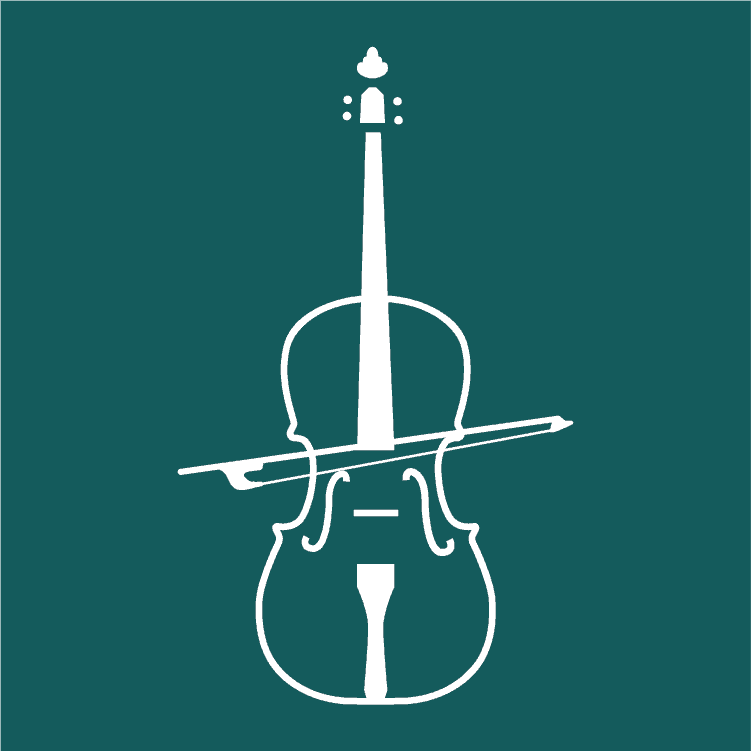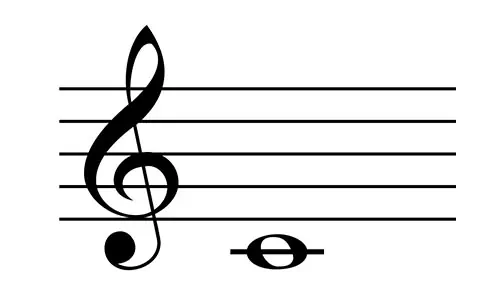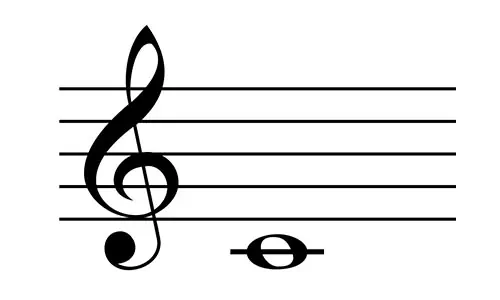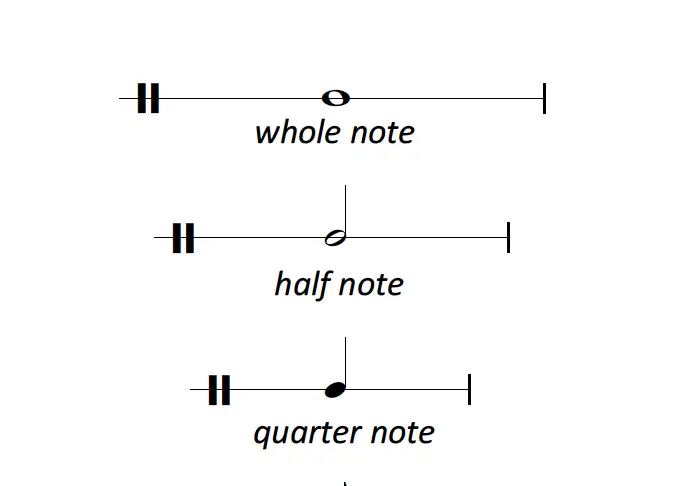how to Read Violin Sheet Music
The easiest way to read violin sheet music

Understanding how to read music is really a different skill from actually playing the violin. Included in our ‘Beginner’s Guide To Learning The Violin’ range, this particular part gives you just enough details to start practicing this amazing skill.
Do we need printed music?
So how exactly does somebody from Australia write down something, and another person in America can read it? It’s simply because they follow the rules of reading and writing in the English language. Produced written music notation is exactly the same. If you’re in New York or Perth, provided that you can decipher the icons on the page, you can play the music.
Instances of early notation have been discovered on tablets going back as far as 2000 BC. Modern’ staff notation’, the approach we currently use, was developed by Catholic monks to standardise church music.

Should You Bother Learning To Read Music?
Let’s be totally frank. Understanding how to read music is actually a tough thing to do.
Some extraordinary music artists and bands never learned, and there are popular techniques which include playing by ear, or by using chord patterns, that ultimately don’t require written music.
You can absolutely go down this path if you choose. Just know that like riding a bicycle, reading music is really a skill you never forget – and the advantages massively exceed the disadvantages.
When You Learnt To Read And Write...
When you learnt to read and write, did you treat them as the same task? Of course not. Managing your hand motions by using a pen, mastering the shapes of characters, focusing on how letters join together are all a radically different skill from using your eyes to figure out what a combination of letters spells.
The whole process of learning to read music is very similar.
Playing the violin is a radically different skill from reading the sheet music in front of you. Many badly experienced teachers make an attempt to teach both of these factors together – but the truth is know better! Learn them as independent skills that overlap. Doing this you’ll be successful more quickly.
Learn The Basics Of Musical Notation
The Treble Clef Staff
For violin, staff notation is organized around something called the treble staff. This consists of a stave (the name for the lines) of five lines and four spaces. It is usually marked with a treble clef (the squiggly thing at the start of the line)!
Middle C lies in the space at the very bottom of the stave, on an imaginary line.
Notes can sit on a line or in a space. The vertical location (height) of the note identifies the pitch. The higher up the stave, the higher the pitch. In the event the note needs to move higher or lower than the stave lines, we add mini lines for any note that is higher or lower. These lines are called ledger lines.
Middle C lies in the space at the very bottom of the stave, on an imaginary line.
Notes can sit on a line or in a space. The vertical location (height) of the note identifies the pitch. The higher up the stave, the higher the pitch. In the event the note needs to move higher or lower than the stave lines, we add mini lines for any note that is higher or lower. These lines are called ledger lines.

The notes
So that we don’t need to count up from middle C to find our note, we can easily use a trick – and it’s as easy as keeping in mind the word FACE…

The 5 lines, bottom upwards, for the treble staff are E G B D and F. The simple way to learn them is usually to remember acronyms. The most well-liked is “Every Good Boy Deserves Football” – having said that, I imagine you’ll manage to generate a much better version!

And also to display the actual way it all appears, this is actually the entire Treble Clef staff.

How Long Do We Hold Notes For?
When reading sheet music, all of us read from left to right. And now we know what situation on the stave makes what note, we require another instruction from the printed symbol. We will need to know how long to hold the note for.
The actual shape of the note and stick can let you know how much time you’ll have to play the note.
- A whole note (or if you are in the UK, it’s called a Semibreve) is an empty circle and lasts four counts.
- A half note (or if you are in the UK, it’s called a Minim) adds a stem and lasts two counts.
- A quarter note (or if you are in the UK, it’s called a Crotchet) fills in the circle and lasts one count.


How To Read Violin Sheet Music - Summary
Brilliant news – you have the resources…
With that information and facts, for those who study it for enough time and get accustomed to knowing which line and space equal which note, you will be fluent in reading music in no time.
Unsurprisingly, there exists a ton of information and facts that I haven’t given you yet – but it’s all about handling the information not to overwhelm you. As and when you might be confident with all of these details, you’ll naturally uncover more…
About the Author
Fiona Gibbs
Fiona Gibbs is a violinist and academic based in London. After reading Music at King’s College, London she commenced doctoral studies at the Royal College of Music. Since graduating in 2018 Fiona has worked as a freelance violinist and academic across the UK. She has performed at the Royal Albert Hall with Cinematic Sinfonia, and for members of the Royal Family during her time at the RCM. Aside from music, Fiona loves to travel and explore new places in the UK and abroad, visiting Australia and Cuba in recent years.
Other posts by this author
Have You Figured Out What Happens On A Friday?
Each week, on a Friday, I send out the four Feature Friday e-mail. It’s a straightforward idea that features 4 outstanding things I”ve found that week.
As long as it’s music connected, it could land in the email. Brand-new tunes, strategies, goods, critiques – anything at all.
You’ll only get to view the once a week email if you join below. And we also promise to never, ever spam.
Read the next post in this series:




